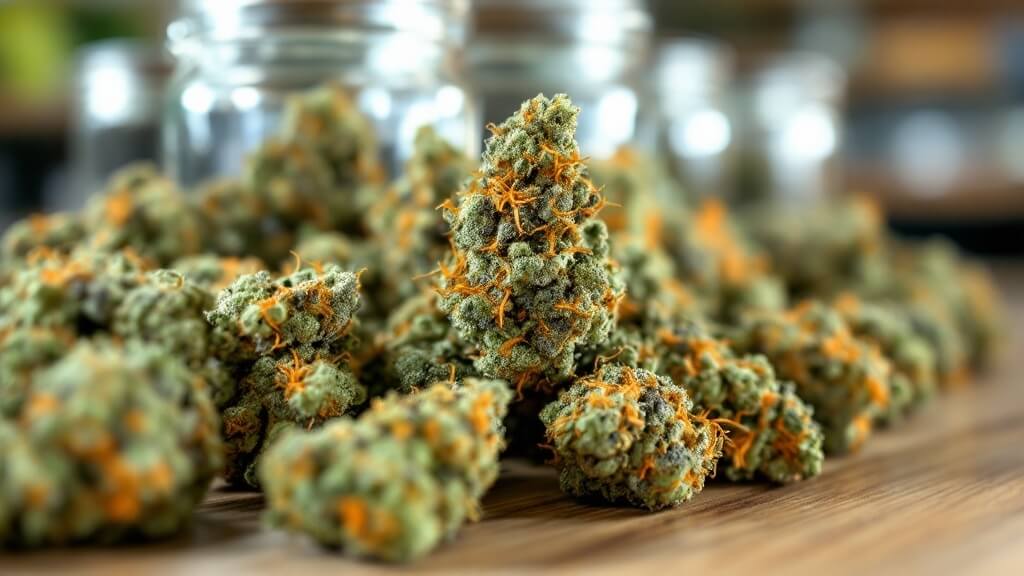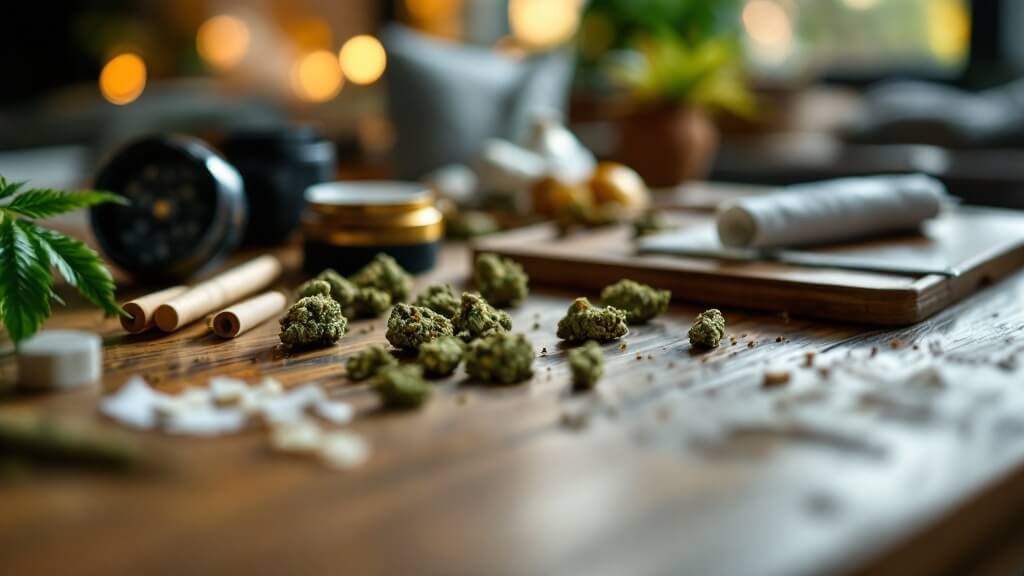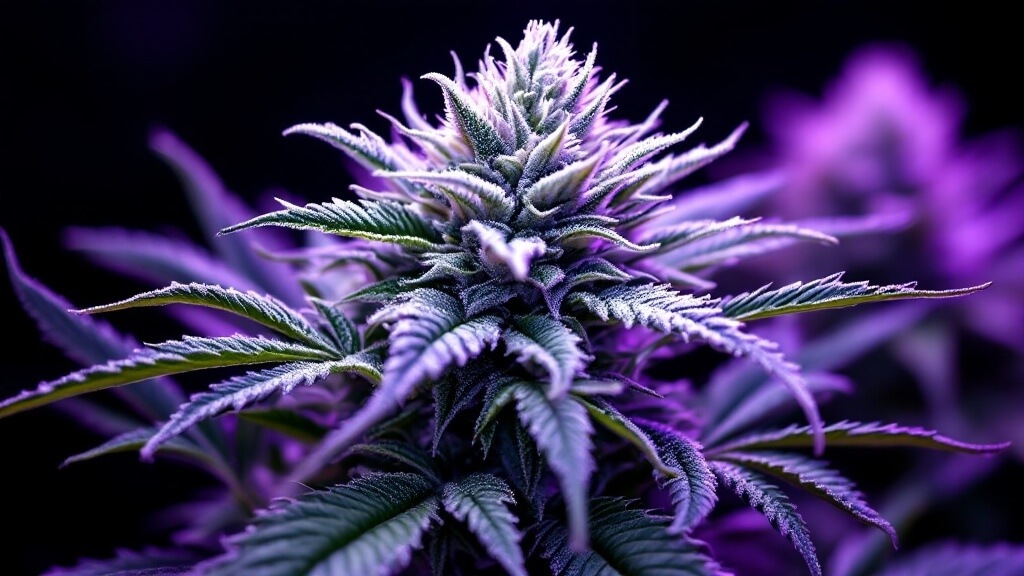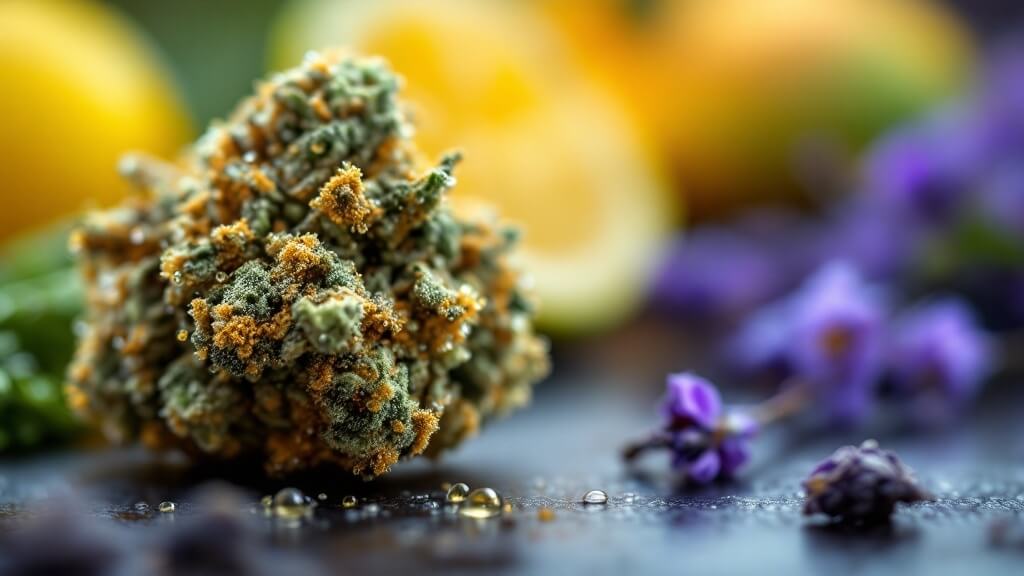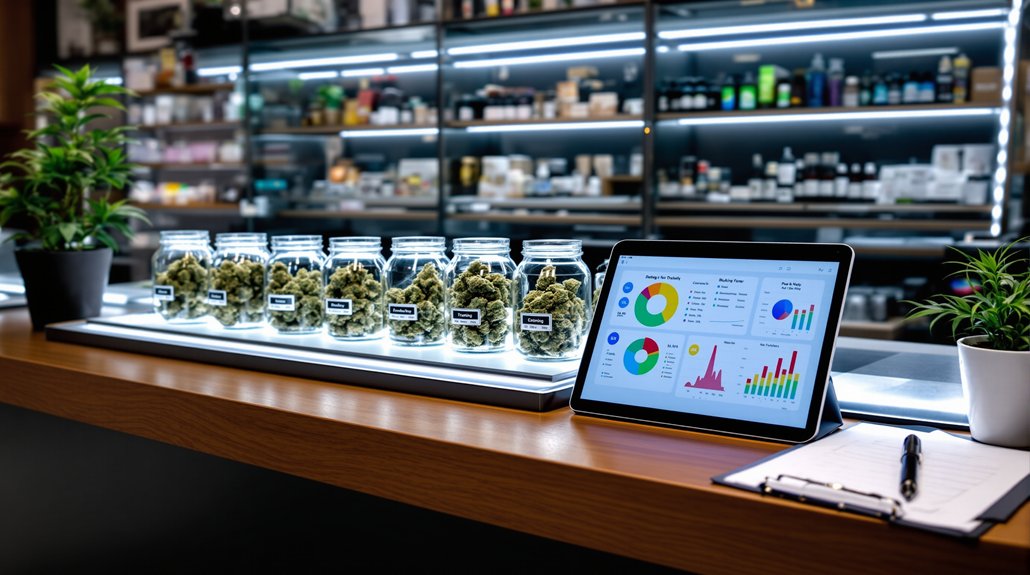Popular sativa strains include several enduring classics that cannabis enthusiasts consistently favor. Sour Diesel delivers energizing effects with its distinctive fuel-like aroma, while Jack Herer offers creative stimulation with sweet candy notes. Durban Poison remains prized for its pure sativa genetics and sweet terpinolene profile. Modern favorites like Tangie and Super Silver Haze have joined these legends, bringing bright citrus character and remarkable potency to the contemporary cannabis landscape. Each variety showcases unique characteristics worth exploring further.
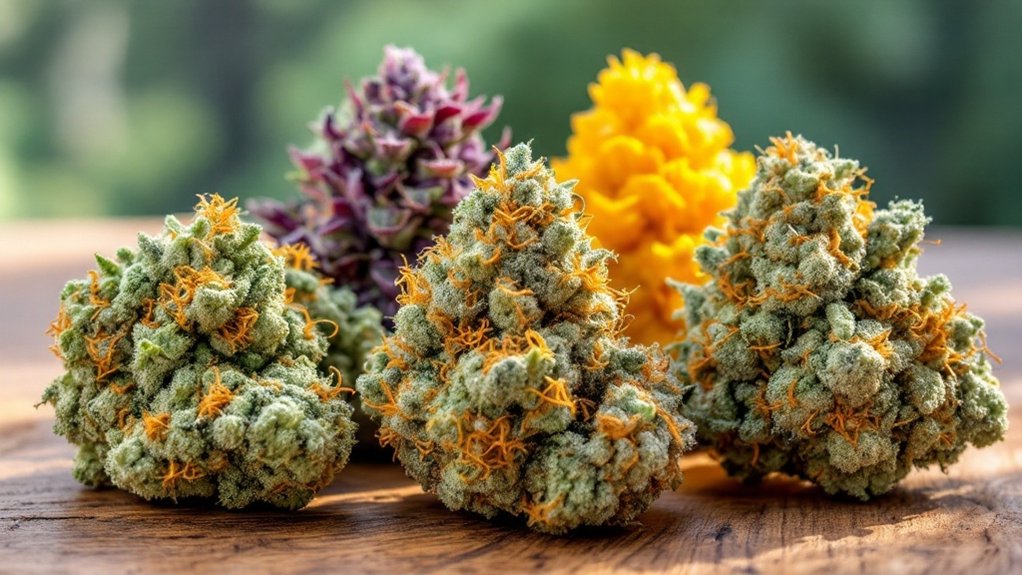
While cannabis consumers seek various effects from their herb, sativa strains have earned particular renown for their energetic, uplifting, and mentally stimulating properties. These varieties typically produce experiences characterized by enhanced focus, creativity, and alertness, making them preferred choices for daytime consumption. Sativa strains are grown primarily in warm, dry regions where environmental conditions favor their lengthy flowering period, and they often exhibit diverse cannabis strain characteristics that reflect their unique genetics.
The terpene profiles of prominent sativas often feature terpinolene and myrcene compounds that contribute considerably to their distinctive effects and aromatic qualities ranging from citrus and fuel to sweet candy-like scents.
Among classic and iconic sativa strains, Sour Diesel stands out for its pungent diesel aroma and uplifting effects that have made it an East Coast staple. Jack Herer, named after the cannabis activist, delivers a sweet candy flavor alongside an energetic high that has cemented its legendary status.
Durban Poison, originating from South Africa, represents one of the few commercially available near-pure sativa varieties, prized for its sweet terpinolene-rich profile and vibrant effects. Jamaican Dream is renowned for its remarkably fast flowering time of only 45 days, making it an exception among typically longer-flowering sativa strains.
Modern cannabis markets have embraced newer sativa-dominant offerings while honoring traditional varieties. Tangie has emerged as a contemporary bestseller, recognized for its dominant citrus aroma and energetic effects that have made it a foundation for numerous modern crosses.
Super Silver Haze continues the legacy of its predecessor, attracting cultivators with its potency and relative ease of cultivation compared to other sativas. Apple Fritter, though technically a hybrid, leans toward sativa effects through its Sour Diesel lineage.
Creative professionals and those seeking enhanced focus often gravitate toward specific sativa varieties. Chocolope has gained prominence for boosting creativity while delivering chocolate notes alongside high THC content.
Kali Mist provides a remarkable clear-headed high with stimulating effects, while Panama Haze receives consistent praise for its uplifting properties that foster creative thinking.
Geographic diversity has considerably shaped the sativa landscape. Vietnamese Black represents Southeast Asian genetics with high THC content and pure sativa characteristics.
Maui Wowie embodies Hawaiian tropical qualities with lighter, more manageable effects. These regional varieties demonstrate how environmental factors and isolation have produced distinct expressions within the sativa category, contributing to the rich genetic heritage that continues to influence modern cannabis breeding programs focused on energy and mental clarity.
Frequently Asked Questions
How Do Sativa Strains Differ From Indica Strains?
Sativa strains differ from indica strains in several significant ways.
Physically, sativas grow taller with narrow leaves and longer flowering cycles, having originated in equatorial regions. Their chemical composition features distinctive terpene profiles, with terpinolene and myrcene creating characteristic effects.
While indicas tend to be sedative, sativas typically produce energetic, uplifting effects, making them popular for daytime use.
This fundamental difference in effect profile stems from their unique cannabinoid ratios and terpene content.
Can Sativa Strains Help With Certain Medical Conditions?
Research suggests that sativa strains may provide relief for certain medical conditions.
These varieties show potential in managing mood disorders through their uplifting effects, while their energizing properties can help combat fatigue and low energy levels.
Some patients with ADHD/ADD report improved focus and concentration when using specific sativa strains.
Additionally, certain sativas stimulate appetite, which may benefit individuals experiencing reduced food intake due to illness or treatment side effects.
What Are the Potential Side Effects of Sativa Strains?
Sativa strains can produce several side effects that users should be aware of.
Psychological reactions include anxiety, racing thoughts, and potential sleep disruption when used before bedtime.
Physiologically, users may experience increased heart rate, dry mouth, and occasional dizziness. High-potency varieties like Green Crack and Durban Poison can intensify these effects.
Long-term concerns include tolerance development, risk of psychological dependence, and possible respiratory issues when consumed through smoking rather than alternative methods.
How Should Beginners Approach Consuming Sativa Strains?
Beginners should approach sativa consumption methodically, starting with low-THC strains like Jack Herer or Maui Wowie rather than potent varieties exceeding 20% THC.
They should select inhalation methods for better dose control, waiting 15-30 minutes between doses to assess effects.
Creating a comfortable, familiar environment with supportive companions helps minimize anxiety risks.
Laboratory-tested products guarantee consistent potency, while monitoring individual responses enables users to identify suitable strains for their unique physiology.
Are There Legal Restrictions on Purchasing Sativa Strains?
Legal restrictions on purchasing sativa strains vary considerably by jurisdiction.
In regions where cannabis is legal, buyers typically face age restrictions (usually 21+), purchase quantity limits, and requirements to buy from licensed dispensaries.
Many countries and states prohibit recreational cannabis entirely, limiting sativa availability to medical programs with prescriptions.
Even in legal areas, public consumption remains restricted, and transporting cannabis across state or national borders is generally prohibited regardless of local legality.
